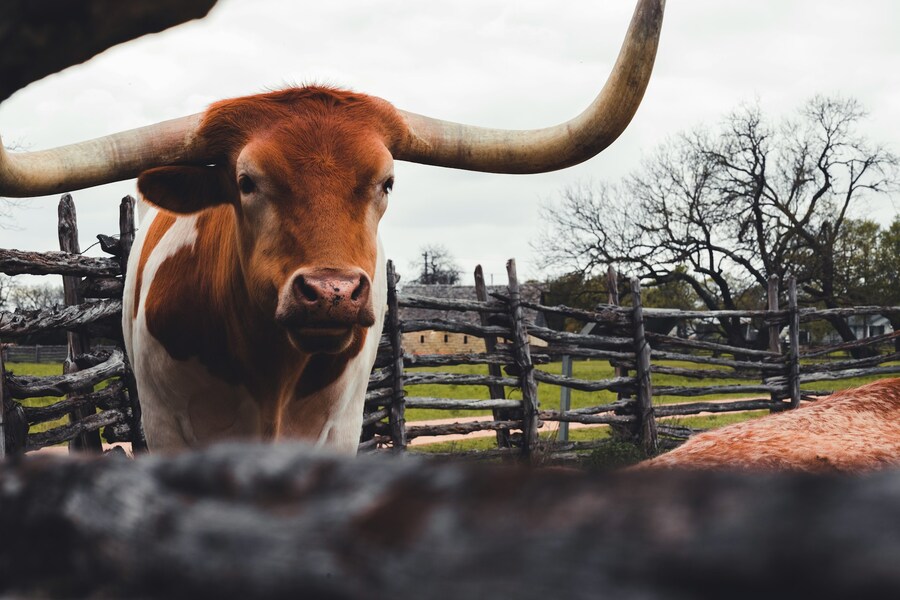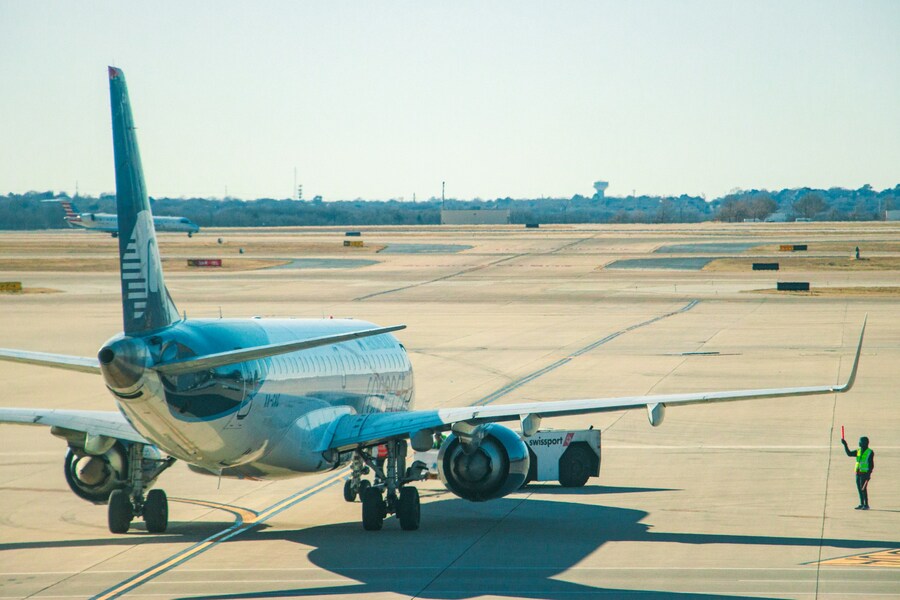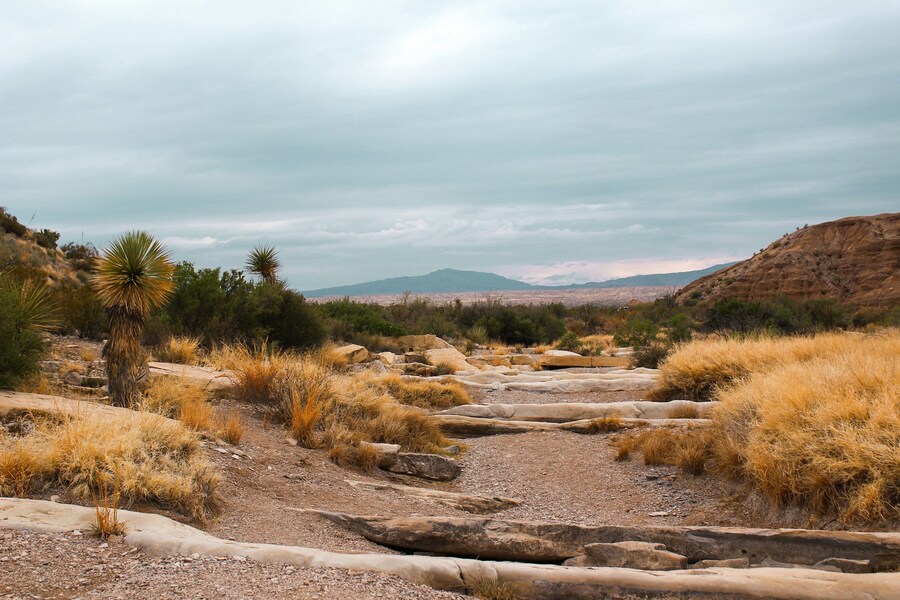Texas isn't merely a state; it's a universe unto itself, a sprawling, multifaceted landscape that profoundly defies easy categorization. Larger than many nations in Europe, the Lone Star State is a tapestry woven from dramatic desert mountains, the shimmering, glittering expanse of the Gulf Coast beaches, the dense, humid tranquility of East Texas pine forests, and dynamic, ultra-modern cities that serve as global hubs for technology and energy. To travel Texas is to undertake an epic journey across numerous distinct geographical and cultural regions, each offering a unique brand of generous hospitality and endless adventure. From the legendary, stoic cattle ranches of the Panhandle to the innovative music studios and creative energy of Austin, the state promises an experience so vast and deeply rooted that it requires both careful, considered planning and a spirit ready for boundless, spontaneous discovery. This extensive travel guide is your essential, meticulously charted companion, mapping a reliable course through the state's complex and compelling history, its endless ribbons of highways, its hidden, charming gems, and the unforgettable, powerful flavors of America's second-largest state. Prepare yourself to be welcomed into a world where everything is indeed celebrated as bigger, including the lasting, profound memories you are about to forge!
Table of contents
- Brief history
- Why you should visit Texas
- Getting in and around Texas
- Big cities
- National parks and smaller towns
- Things to do
- What to taste
So, what do travelers need to know about the Lone Star State before they go?

Source: Delaney Van/Unsplash
Brief history
The enduring story of Texas is one of relentless transition, fierce independence, and the mingling of world cultures, a narrative historically told under six different flags: Spain, France, Mexico, the Republic of Texas, the Confederate States of America, and finally, the United States. Its narrative begins not with European settlers, but with vibrant indigenous tribes who thrived across the diverse terrain for thousands of years, establishing deep connections to the land that are still honored today. European entry, beginning with Spanish explorers in the 16th century, fundamentally altered the cultural and geopolitical trajectory of the region. For centuries, Texas existed as a distant, sparsely settled province of New Spain, its burgeoning identity gradually taking shape through a complex blend of European administrative influence and local Native American traditions, particularly in the deep south.
The most profound turning point came in the early 1800s, as American settlers, often referred to as empresarios, and drawn by the promise of vast, affordable land, began to flood into Mexican territory. Tensions between the increasingly centralized Mexican government and the Anglo-American colonists, who were often indifferent to Mexican law, steadily built over years. These conflicts culminated dramatically in the Texas Revolution of 1835-1836. The legendary, heroic battles at the Alamo and Goliad, while devastating tactical defeats for the Texan forces, galvanized the revolutionary spirit among the population. The subsequent, decisive victory at the Battle of San Jacinto secured Texas's hard-won independence, birthing the Republic of Texas, an autonomous nation that stood proudly for almost a decade. Annexation into the United States in 1845 ignited the Mexican-American War and cemented Texas's place in the American South. Post-Civil War and Reconstruction, the state rose to massive economic prominence through its defining symbols: fertile cotton fields, the vast oil discoveries that fueled the 20th century, and the mythical cattle drives of the Old West, collectively establishing the enduring, world-famous image of the rugged, resilient, pioneering Texan spirit that proudly persists to this day in its culture and ethos.
Why you should visit Texas
The motivations for traveling to this sprawling state are as numerous and varied as its geography. Texas is an expansive land that caters expertly to virtually every interest, making it a uniquely compelling destination for solo adventurers, multi-generational families, and culture enthusiasts alike. For the passionate outdoor lover, Texas offers world-class, challenging hiking in the dramatic desert mountains of the remote Big Bend National Park and serene, beautiful kayaking or tubing along the clear, refreshing rivers of the Hill Country, such as the Guadalupe River. History buffs can reverently walk the hallowed grounds of the Alamo in San Antonio or explore the vast, significant presidential libraries scattered across the state, feeling the palpable weight of momentous American decisions and legacies.
Beyond the physical, awe-inspiring landscapes, the state's cultural scene is an undeniable powerhouse. Texas is home to four of the ten largest cities in the United States, each functioning as a nucleus of contemporary art, world-class cuisine, and technological innovation. Austin pulses with the beat of live music and tech ingenuity, having rightfully earned its title as the Live Music Capital of the World. Dallas and Houston are globally celebrated for their sophisticated arts districts, their numerous world-renowned museums, and their incredibly diverse, thriving culinary scenes. Meanwhile, the relative affordability of travel within the state, especially when compared to crowded, expensive coastal destinations, provides exceptional value for the profound depth and breadth of experience offered. Whether you are diligently chasing the authentic, fiery flavor of Tex-Mex, seeking quiet, humbling solace under the darkest night skies in the continental United States, or simply aiming to witness and comprehend the sheer, staggering scale of the American landscape, Texas delivers a powerful, multilayered, and unforgettable impression that few other destinations can genuinely match.

Source: Henry Deng/Unsplash
Getting in and around Texas
Given the state's sheer, formidable magnitude, planning your arrival and subsequent movement within Texas is arguably the most critical step for a successful, enjoyable journey. Most international and long-distance travelers will fly into one of the state's major airline hubs, which prominently include Dallas/Fort Worth International Airport (DFW) and George Bush Intercontinental Airport (IAH) in Houston, both serving as major global gateways. Austin-Bergstrom International Airport (AUS) is the primary, vital entry point for the state's vibrant capital city.
Once you land and collect your baggage, the true, wide-open Texas road trip experience begins. The state's massive geographic size – a comprehensive drive from El Paso to Beaumont takes over 12 consecutive hours – makes a rental car or personal vehicle an essential necessity for comprehensive, flexible exploration. Travelers will find the extensive, state-maintained highway system well-paved and expansive, but covering significant ground takes a substantial amount of time. For those prioritizing efficiency before hitting the open road, pre-booking parking at your departure airport can significantly simplify the often stressful start of your journey. Many frequent flyers and savvy travelers rely on comparison and booking services like ParkingNearAirports.io, which diligently aggregates secure, discounted parking options across the country, allowing users to save both precious time and money. When considering the ideal starting point for a Hill Country or Central Texas road trip, securing your Austin-Bergstrom International Airport parking should be high on your list of priorities, as demand can be high, especially during the city's countless festival seasons. A quick, diligent online search will reveal that understanding the variation in parking prices at Austin Airport is key to budgeting your trip, with secure off-site lots frequently offering a much more budget-friendly daily maximum than the closer, more expensive airport garages. Moreover, travelers often search for an Austin Airport parking coupon to secure an even better, negotiated deal on a long-term stay. The sheer convenience of a pre-reserved spot with a complimentary, on-demand shuttle, easily available through services that partner with secure, well-lit lots, allows for a seamless, stress-free transition from plane to pavement. For traveling between the major cities, domestic flights are readily available and can save significant time, though you inherently miss the visual drama and subtle regional shifts of the road trip. Within the metropolitan centers, reliable ride-sharing and public transit options are present, but outside of Austin, Dallas, Houston, and San Antonio, self-driving remains the most practical, flexible, and authentic way to explore the regional state parks and the smaller, charming towns that truly define the Texan character.
Big cities
Texas's vibrant urban centers are the cultural and economic engines of the state, each boasting a distinct personality. San Antonio serves as the historical and spiritual heart of Texas, famed for its picturesque River Walk (Paseo del Río) and the revered, emotional monument of the Alamo, central to the state's fight for independence.
The other major cities showcase a modern, diverse Texas: Dallas, the sleek, cosmopolitan hub, forms the massive Metroplex with Fort Worth, which proudly retains its "Cowtown" heritage with daily cattle drives at the Stockyards. Houston, the state's largest city, is a global energy and space exploration capital, home to NASA and a diverse culinary scene. Finally, Austin, the capital, pulses with live music, innovative food culture, and an energetic, outdoorsy lifestyle, cementing its identity as a creative crucible.
National parks and smaller towns
To fully appreciate Texas's profound natural diversity, venture beyond the cities into its rugged expanses. In West Texas, Big Bend National Park is an isolated, majestic testament to the Chihuahuan Desert, featuring dramatic mountains, canyons, and unparalleled night skies for stargazers. By contrast, the Hill Country, centered around charming towns like Fredericksburg, offers rolling limestone hills, crystal-clear rivers perfect for tubing, and a burgeoning wine industry, blending German heritage with Texan grit.
East Texas presents the humid, lush Piney Woods, where dense forests and swampy bayous, such as those at Caddo Lake with its signature cypress trees, offer a tranquil, green retreat. Near the coast, Galveston provides a mix of Victorian architecture and maritime history on a barrier island. Exploring these distinct regions and their communities, from Amarillo to Corpus Christi, is essential to truly grasping the immense, complex scale of the Texan environment.

Source: Katie Polansky/Unsplash
Things to do
Texas offers a dynamic and engaging menu of activities that seamlessly blend deep cultural immersion with exhilarating outdoor adventure. One signature activity that shouldn't be missed is attending a professional sporting event; whether it's American football with the universally adored Dallas Cowboys, basketball with the championship-winning San Antonio Spurs, or a Major League Baseball game with the Houston Astros, the passionate, loud Texan spirit is infectious and memorable. For those seeking cultural and musical entertainment, spending an evening on Austin's famed South Congress Avenue or Sixth Street to catch an authentic live music show is considered an authentic travel requirement.
A trip should also deliberately incorporate a true immersion into the state's Western lifestyle. This can take the form of attending a championship rodeo event or visiting a historic ranch for a genuine, guided horseback riding experience. For a different kind of thrill and perspective, exploring the state's profound, significant contributions to space exploration at the Johnson Space Center in Houston provides a humbling, awe-inspiring view of humanity's scientific endeavors. Finally, the simple pleasure of a classic Texas road trip, traversing the scenic Hill Country roads or the vast, straight, endless highways of the west, stopping regularly at roadside BBQ joints and eclectic antique shops, is an elemental experience that should be considered an essential, non-negotiable part of the itinerary.
What to taste
The essential culinary landscape of Texas is a bold, flavorful, and unforgettable fusion of traditions, primarily defined by the rich, complex intersection of Mexican, Southern, and historical cattle-ranching heritage. The absolute cornerstone of Texan gastronomy is barbecue. Texas BBQ, particularly its melt-in-your-mouth brisket, is considered a religion here, fundamentally characterized by a simple dry rub and long, slow smoking over post oak wood for many hours. Esteemed establishments across the state, from legendary spots deep in the Hill Country to unassuming food trailers in downtown Austin, draw dedicated pilgrimages for their smoky, perfectly tender perfection.
Equally essential is Tex-Mex, a distinct regional cuisine that expertly elevates border staples far beyond simple peasant food. Think sizzling, perfectly seasoned fajitas, creamy chili con queso, and unique, signature puffy tacos – dishes unique to this area that fundamentally transcend what's typically called "Mexican food" in other parts of the country. The state's official dish, chili con carne, should be sampled in its authentic form: a meat-and-chili stew traditionally prepared without beans. Finally, don't overlook the burgeoning, high-quality wine scene in the Hill Country or the unique, rapidly expanding craft beer movement that thrives in every major city, often featuring local ingredients and a distinctive, proudly Texan swagger that makes the taste truly unique.
Conclusion
 Source: Tiziano Brignoli/Unsplash
Source: Tiziano Brignoli/Unsplash
To finally leave Texas is to carry a piece of its immense, resilient spirit with you. This state is a powerful contradiction: simultaneously ancient and ultra-modern, impossibly vast yet surprisingly intimate. This travel guide provides a crucial framework for understanding its complex layers of history, unique culture, and stunning natural diversity. Texas offers an unrivaled range of travel experiences, from the architectural grandeur and creative energy of its major metropolitan cities to the humbling, spiritual silence of its remote deserts. By planning your transport efficiently and diving headfirst into the rich regional culinary scene, you are perfectly poised to craft a monumental, life-changing adventure. May your Texas journey be filled with boundless discovery and unforgettable memories!






